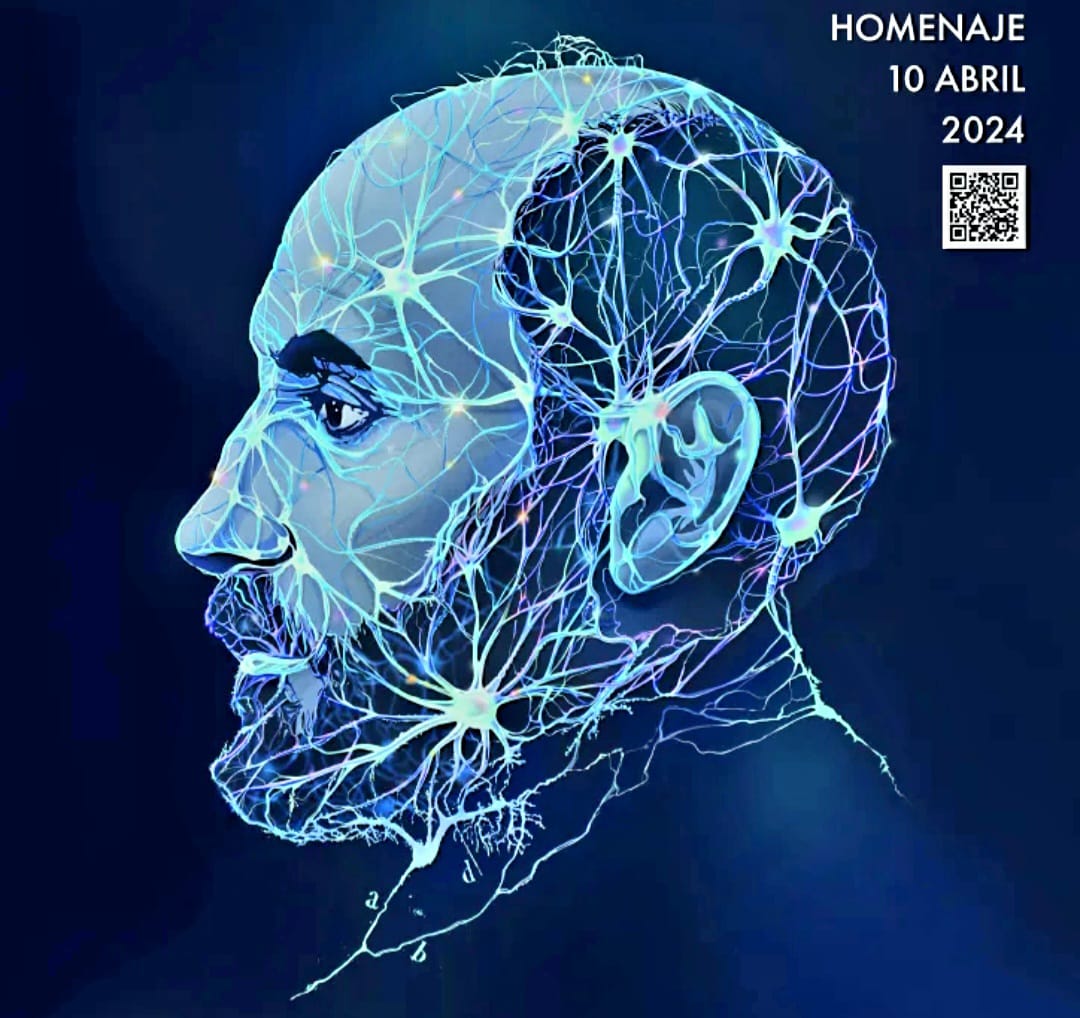Tomorrow, the Liceo Theater will host the 10th tribute to the father of neuroscience, Santiago Ramón y Cajal, Who has been identified with Nobel Prize in Physiology and Medicine, Among many other awards. His legacy transcends the boundaries of science and stands as… A fundamental pillar not only in understanding the human brain, but also in the promotion and advancement of science in Spain.
Salamanca is the capital of science
With the aim of paying tribute to his personality and updating his great legacy, a day will be held tomorrow Under the slogan “Salamanca: For Cajal and Science” With participation 40 distinguished speakers from various fields It would turn Salamanca into the capital of science, once again. Two prominent people were elected honorary presidents of the day: Doña María Urioste Ramón y Cajal, Marquise of Ramón y Cajal and great-granddaughter of Don Santiago and Don Andrés Corbo, 1969 Santiago Ramón y Cajal Prize and Gold Medal of the University of Salamanca.
This activity is organized by the Salamanca City Council, the University of Salamanca, the Pontifical University of Salamanca, and the Ramón Areces Foundation. They are all joined by the National Institute of Cybersecurity, the Ministry of Culture through its Documentary Center for Historical Memory, twenty scientific societies and research institutes as well as entities such as the National Institute of Cybersecurity, the Royal Mint and Stamp Factory, the Spanish Society of Neuroscience, and the Spanish Society of Neuroscience. Parasites, the City Council of Petilla de Aragón, ZEISS, the Chess Federation of Castile and León, the Official College of Physicians and Pharmacists of Salamanca and USAL alumni, among others.
The opening ceremony will be held at 9:30 am. Today, led by the Mayor of Salamanca, Carlos García Carballo; Acting Dean of USAL, David Diez Martin; Dean of UPSA, Santiago García Galon de la Lama; USAL Professor José María Medina Jiménez, Vice President of the Scientific Council of the Ramón Areces Foundation; Juan Manuel Corchado, Professor of Computer Science and Artificial Intelligence and Director of the Experimental Oncology Group at the National Center for Cancer Research Mariano Barbacide.
the next, Presentations in several thematic blocks: origins of the wise man and values, hobbies and neuroscience, translational research, present and future.
Speakers include several scientists associated with the Mount Sinai School of Medicine (New York).Such as: Adolfo García Sastre, Professor and Director of the Institute for Global Health and Emerging Pathogens at the aforementioned college; Ana Fernández Sesma, Professor and Director of the Department of Microbiology; José Javier Bravo Cordero, principal investigator of the Cancer Metastasis Laboratory; Or Sara Cuadrado Castaño, research professor.
Manuel S. will also participate. Malmierca, Director of INCYL and President of the Spanish Society of Neuroscience; José Ramón Chavez, judge specialized in matters of administrative disputes and civil order for Alfonso X the Wise, with the Encomienda class; Or Salamanca researcher Esperanza Arias, principal investigator at the Nathan Schock Center of Excellence in Aging Research, at Albert Einstein College of Medicine (New York).
University of Salamanca professors José Ramon Alonso, Eduardo Wiroja, Bertha Gutierrez and Antonio Moro are also part of the program that will be held tomorrow at the Teatro Liceo.
Admission to all activities is free until capacity is reached..
You can also follow its development at: https://santiagoramonycajal.org/
Lyceum exhibition space. It will host scientific activities coordinated by: the Pontifical University of Salamanca, ZEISS Spain, and the Institute for Biomedical Research of Salamanca (IBSAL).
Santiago Ramon y Cajal
Santiago Ramón y Cajal (1852-1934) is known as the founder of modern neuroscience. He studied medicine at the University of Zaragoza, specializing in histology and pathological anatomy. Although he would become one of the most important scientists in history, he also stood out for his wonderful artistic side. Drawing and photography were his great passions. These interests were fundamental to his training and scientific development, as he was able, through drawings of high artistic quality, to illustrate the anatomy of the nervous system.
One of his greatest scientific contributions is the well-known doctrine of neurons, which asserts that the nervous system consists of specialized and independent entities that communicate with each other, namely neurons. The main difficulty faced by this theory was the inability to clearly visualize the cells within the great complexity of the nervous system. Despite this, he overcame the adversities of his time and, thanks to Golgi technology, was able to visualize neurons as individual units, an essential element for understanding the structure of the brain. For this reason, he was awarded the Nobel Prize in Physiology and Medicine in 1906.
Through his famous literary works, he tried to convey the basic values that helped him greatly in his early days as a researcher: mental independence, perseverance in work, and intellectual curiosity. In short, “Every great work is the fruit of patience and perseverance, combined with attention firmly directed, for months and years, toward a particular goal.”
He was a polymath and was interested in nature, drawing, photography, bodybuilding, hypnosis, chess, writing, medicine, critical thinking, educational and scientific research and administration. In addition to being one of the most important and revolutionary scientists in world science, he was also an extraordinary human being. His personality as a university student and exemplary citizen contributed to the image of Spaniards around the world. Cajal remains alive in the global collective unconscious, encouraging the world to follow the path of knowledge, science and human and technological development, with the ultimate goal of creating a better, more prosperous, more supportive and harmonious world.
In a world of increasing challenges related to brain health and neurodiversity, Cajal's legacy remains highly topical, offering a beacon of wisdom with an ideal lifeline, and a call for collaboration and innovation in the search for solutions to the problems of our time. And future society, from various specializations.





